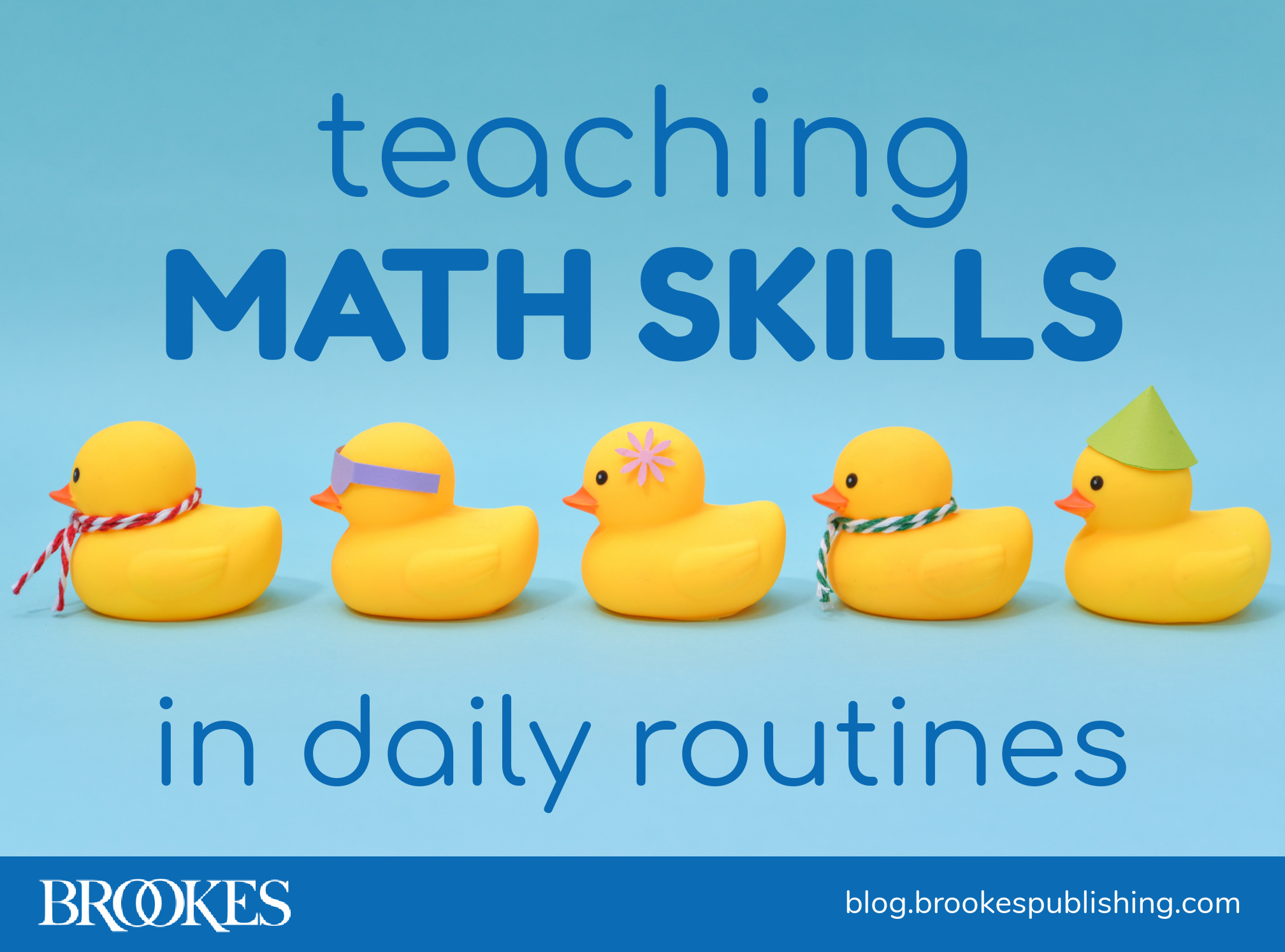9 Ways to Spark Curious Thinking in Young Children
June 2, 2022
 Curiosity unlocks learning for young children: it supports creative thinking and initiative, encourages children to question and try new things, and builds the excitement that comes from successful problem-solving. As noted in the book Engaging Young Engineers, “children need curiosity to continue to learn and make sense of their world from the beginning of their lives to prepare them for their entire educational journey.”
Curiosity unlocks learning for young children: it supports creative thinking and initiative, encourages children to question and try new things, and builds the excitement that comes from successful problem-solving. As noted in the book Engaging Young Engineers, “children need curiosity to continue to learn and make sense of their world from the beginning of their lives to prepare them for their entire educational journey.”
In today’s post, we’re bringing you 9 simple ways to spark curious thinking in young children. Excerpted and adapted from Engaging Young Engineers by Angela Stone-MacDonald, Kristen B. Wendell, Anne Douglass, and Mary Lu Love, these suggestions are geared toward early childhood educators, but parents and caregivers can easily implement them at home, too.
Infuse your environment with novelty. Is there something new for children to learn or explore every day, even if it’s just a new song, story, or object? (Nature is rich with opportunities for exploration; consider bringing in seashells, pinecones, or various rocks for kids to examine.) Providing a rich curriculum with new experiences and new materials for children to investigate can stimulate curiosity, reduce boredom, and prevent negative behaviors that stem from a lack of stimulation.
Give children sustained time to engage in play. If your schedule requires too many transitions, children will not have enough time to think through the problems that arise in play, develop the themes for their play, or implement a creative new idea. Extended periods of free or loosely structured play, in which adults follow the children’s lead, will encourage kids to be curious and experiment with new things.
Wonder out loud with children. Start your activities with a prompt like: “I wonder what would happen if…?” and encourage children to speculate with you. While reading a book at storytime, model curiosity out loud: “I wonder how that bird can fly,” or “I wonder why the boy in this book looks so sad.” When adults share the things they wonder about, it encourages the curious behavior they want to see children engage in.
Admit when you don’t know the answer. Admitting what you don’t know—and demonstrating your interest in finding out—teaches children to enjoy the process of learning and discovery. For example, you can admit, “I don’t know why the sky is blue; that’s a great question. Let’s look it up.” Acknowledge an unexpected question or answer by saying something like, “Wow, I hadn’t thought of that! We can find that out. Thanks for sharing that idea.”
Ask open-ended questions. During play or storybook reading, pose open-ended questions that prompt children to explain their thinking or explore a new combination of ideas. For example, when children are building with blocks during free play, ask them questions like, “What are you building? What is that going to be? Why did you build it? Why did you use that piece?” When reading a story, ask questions like, “What do think will happen? Why do you think the character did that? What would you do if that happened to you?” To keep a feedback loop going between a child and an adult during an activity, and to help the child delve deeper into an idea, encourage many possible answers by asking, “What else could we do?”
Document children’s predictions. Making predictions is a way of expressing curious thinking. One way to model and promote prediction-making is to take a survey of children’s answers to a question you pose. During storytime, for example, you could ask a question like, “Will a wall solve the gardener’s problem by keeping the bunnies from eating his vegetables?” Draw a simple chart with one column for “Yes” and the other column for “No,” have each child give their prediction, and record each prediction with an X in the appropriate column. Help the children count the number of “Xs” in each column and record the total number of “yes” and “no” predictions.
Praise children for trying to figure something out, whether it is a friend’s behavior or how something works. Comment on their curiosity in a positive way: “I see that you’re trying to figure out why the block tower fell. That’s great—that is how we learn new things!”
Encourage observational skills. Go on a walk and have children make observations about their surroundings. Take another walk on the same path a week or so later, and ask the children to tell you if they see something that’s new or different from the last time.
Teach key concepts in multiple ways. Remember to present key concepts in as many ways as you can think of them: visually, through sound, with movement, and so on. The more senses you use, the more likely you are to engage every child and spark their curiosity.
How do you spark curiosity in the young children in your life? Do you have a favorite strategy? Tell us in the comments below!




Write a Comment
Your email address will not be published. Required fields are marked *
Post a Comment